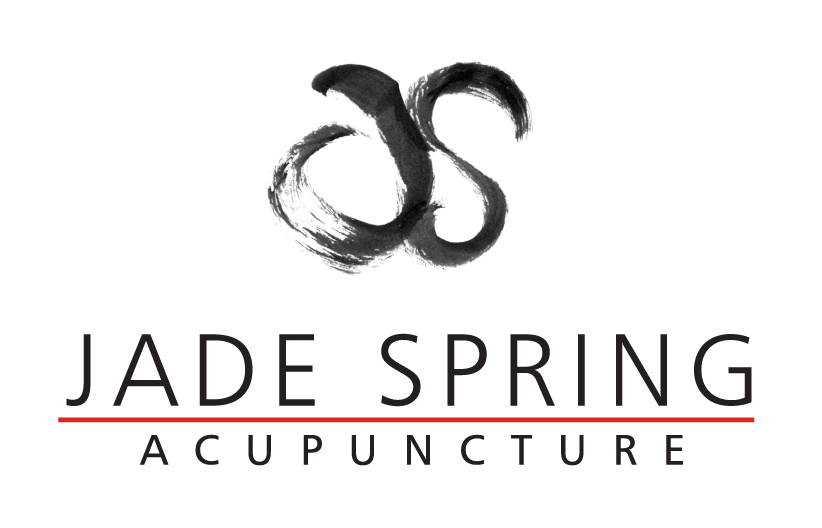Acupuncture for TMJ Dysfunction
Temporomandibular joint dysfunction (TMJD) is a common condition that is characterized by pain and jaw dysfunction. TMJD is used to describe a wide range of conditions associated with jaw pain and restricted jaw movement. While TMJD isn't life-threatening, it can negatively impact a person's quality of life, causing bouts of insomnia, stress, pain and disability.
It's estimated that up to 30 percent of the world's adult population suffers from TMJ, most of whom are between the ages of 20 and 40. Many people living with this condition simply mask the pain with prescription painkillers or other medications. In doing so, however, they create other problems, such as increased stress on the liver and stomach. Acupuncture offers an alternative treatment that instead of masking the pain, works to reduce symptoms at the source.
One recent study involving 70 dental patients in the U.K. found that acupuncture relieved their pain by as much as 75 percent. Another study found acupuncture to offer long-term patient satisfaction when used to treat TMJD (acupuncture treatment was given 18-20 years prior to the follow-up).
A few tips for treating TMJ Dysfunctin
Acupuncture
In Traditional Chinese Medicine, TMJD often represents an imbalance in the liver and gallbladder meridians which traverse the areas usually associated with TMJ pain. Acupuncture points focused on these areas can stimulate the healing process, and return the meridians and the body back to balance, improving your TMJD symptoms.
Jaw Exercises
Try opening your mouth as wide as you can without feeling pain, move your jaw to the right and hold for 10 seconds, do the same to the left and repeat five times.
Massage the muscles around your jaw hinge in a downward motion.
Relaxation
Stress and anxiety are very common inducers of TMJD. Some people tend to clench their jaw when feeling stressed or anxious, which results in TMJD symptoms.
Practice deep breathing. The best way to do this is to lie on your back, place your left hand on your stomach and right hand on your chest. Count to five to inhale, hold your inhale for two seconds, and exhale for five seconds.
Stretch your spine. Interlock your hands behind your head and bend forward with straight legs so that your head is reaching for the floor. Stay in this position for at least ten seconds accompanied with awareness to breathing. This practice can deeply stretch and relax your spinal chord and reduce TMJD pain.
Vitamins and Minerals
Deficiencies in calcium and magnesium are found to be common in people suffering from TMJD. The International Dental Association conducted a study on 50 TMJD sufferers who added calcium and magnesium supplements to their routine and found pain relief in 70 percent of the participants.
Magnesium rich food: Cashews, avocados, almonds, soybeans, sesame butter, spinach, squash, sunflower seeds, rice, flaxseeds.
Calcium rich food: milk, bananas, almonds, spinach, coconut, yogurt.
Herbal Remedies
Rhus Toxicodendron: This herb can help relieve jaw stiffness.
Kava Root: If your TMJD is due to stress or anxiety, Kava can be used to calm your nervous system and in turn, reduce TMJD symptoms.
Magnesia Phosphorica: This homeopathic remedy can ease muscle stiffness and has an antispasmodic effect.
Sources:
http://umm.edu/health/medical/altmed/condition/temporomandibular-joint-dysfunction
http://home-cure.net/home-remedies-exercises-natural-cures-tmj-treatment/
http://www.healthline.com/health/anxiety/kava-cure



